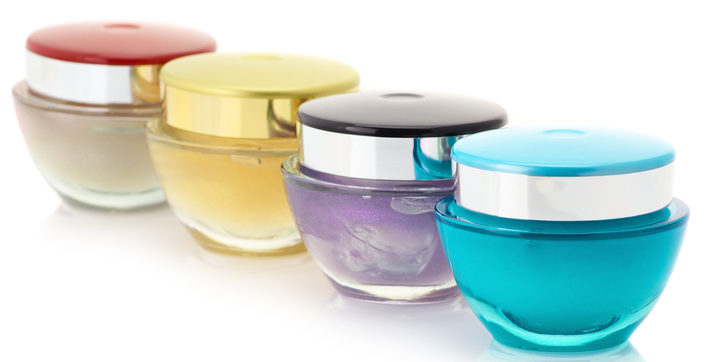The U.S. Chamber of Commerce estimates that the value of trade-related counterfeit goods amounts to $461 billion annually across the globe. The proliferation of counterfeit products is a very real problem, posing potential health risks for consumers who purchase and use these products from unreliable vendors.
At a minimum, counterfeit cosmetic and personal care products may be ineffective because they lack key ingredients that make these products safe and effective.
But the real risk lies inside these counterfeit products, as they may contain dangerous ingredients. According to The U.S. Chamber of Commerce, counterfeit cosmetics and personal care products pose “a safety risk for consumers, due to hazardous or banned alternative ingredients being incorporated into formulations.” There is no way to know where the ingredients come from, whether they are safe, and whether the manufacturing practices meet government standards for good manufacturing practices.
In April 2018, the Los Angeles Police Department confiscated counterfeit makeup that tested positive for animal feces. And in 2016, the U.S. Customs and Border Protection (CBP) seized counterfeit pharmaceutical and personal care products with an estimated value of $73 million. And… that’s just what they were able to find.
When fake and potentially hazardous products enter the marketplace, they undermine confidence in the safety and effectiveness of authentic products, while putting people’s health – and possibly their lives – at risk.
Cosmetics and personal care products companies are regulated by the U.S. Food and Drug Administration (FDA), and products go through six critical steps before they make it to store shelves. The first step is purely focused on confirming the safety of the product, and then comes a clinical evaluation to test effectiveness. Microbiology tests keep you safe from harmful microorganisms that could spoil the product, and stability is checked so you know your product will remain safe through its shelf life. Process development ensures quality control, and then the supply chain is ironed out and the product can be sold.
This process of product development is vital to ensuring the safety of personal care products. Counterfeit products circumvent these vital steps, leading to many health risks. If you want to keep your products safe, trust the process, trust the science, and don’t buy counterfeit. Purchase your personal care products from a reputable vendor.
To learn more about the product evaluation stages and other processes behind personal care product development, click here.
